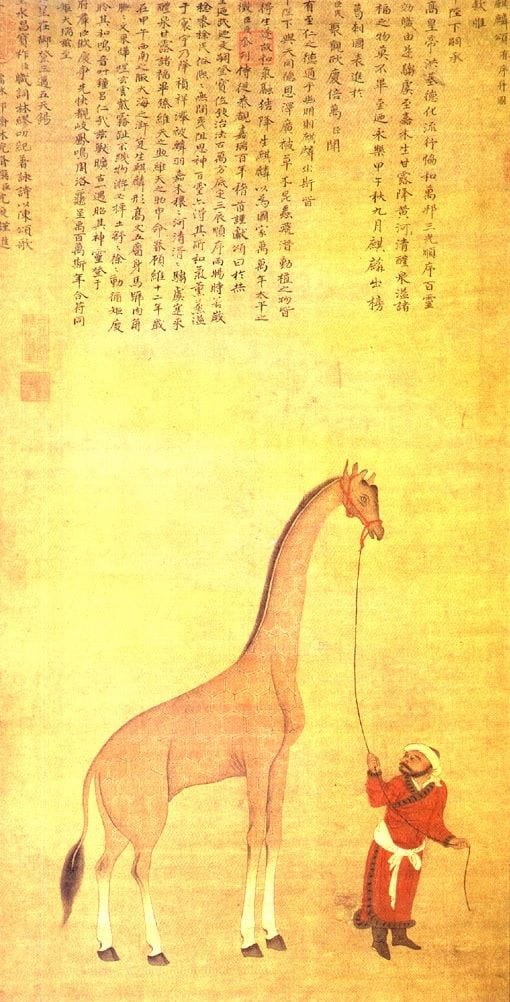Tag Translation
by Zac Endter and Jonas Knatz
By contributing author E.L. Meszaros As non-native readers of Egyptian hieratic and hieroglyphics, our understanding of the mathematics recorded in these languages must necessarily go through a process of translation. Such translation is both necessary to allow us to study… Continue Reading →
by contributing editor Erin McGuirl “What is the I Ching?” was the title of Eliot Weinberger’s recent review of two new translations of the I Ching. It’s an excellent question, and in his review he expertly summarizes the history of… Continue Reading →
by guest contributor Patrick Anthony Amidst the great diversity of ideas and perspectives circulating at this year’s History of Science Society (HSS) meeting in San Francisco, two themes continue to resonate in my mind: knowledge in motion and social engagement…. Continue Reading →
by Madeline McMahon At the very end of Jerome’s chronicle, after the narration of events has stopped, time is tallied up: “The whole list (canon) from Abraham until the time written above, 2,395 years. And from the flood until Abraham… Continue Reading →






